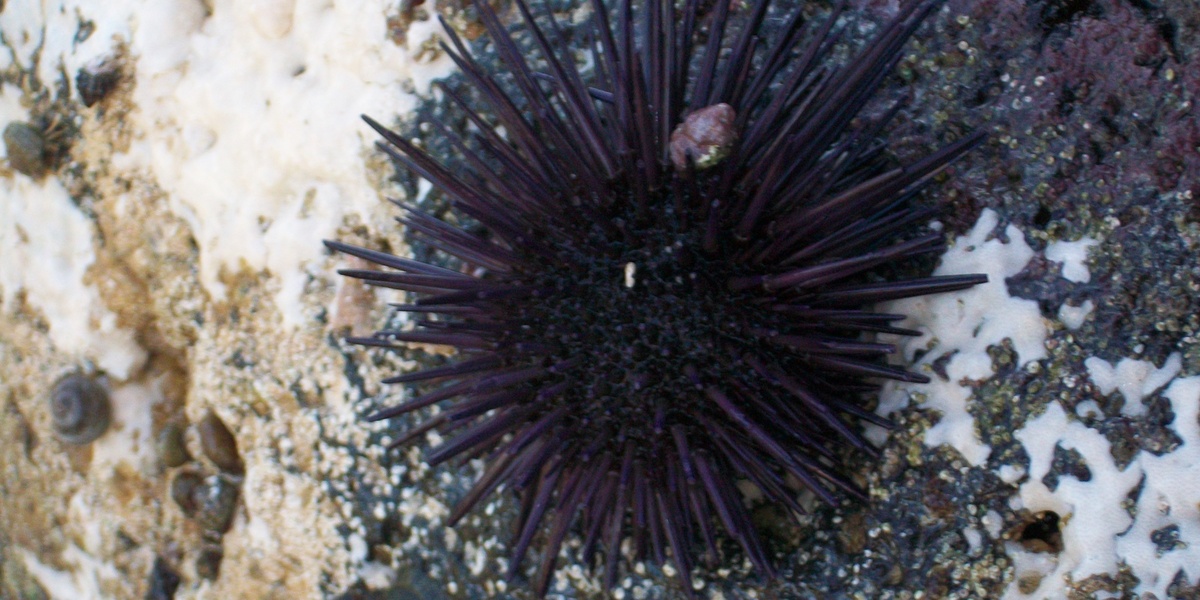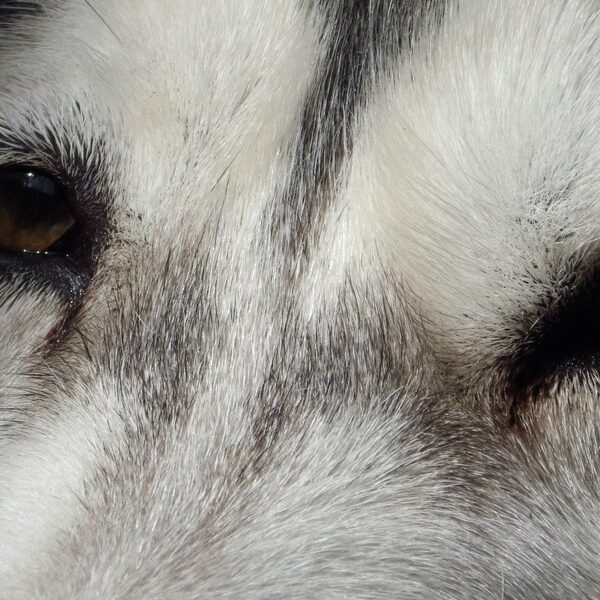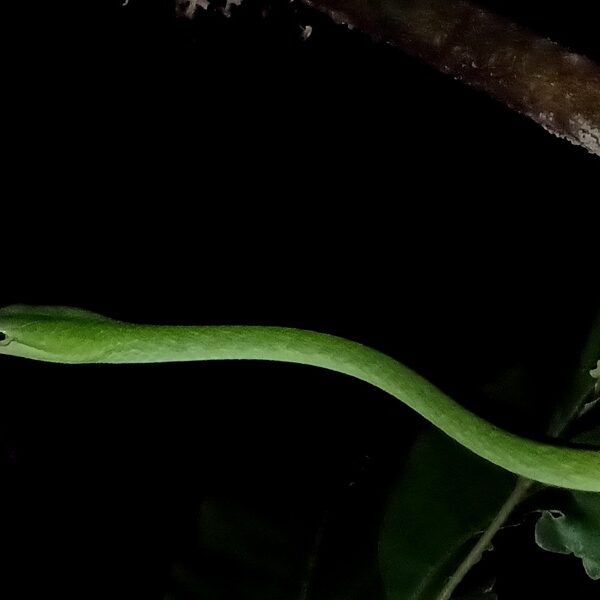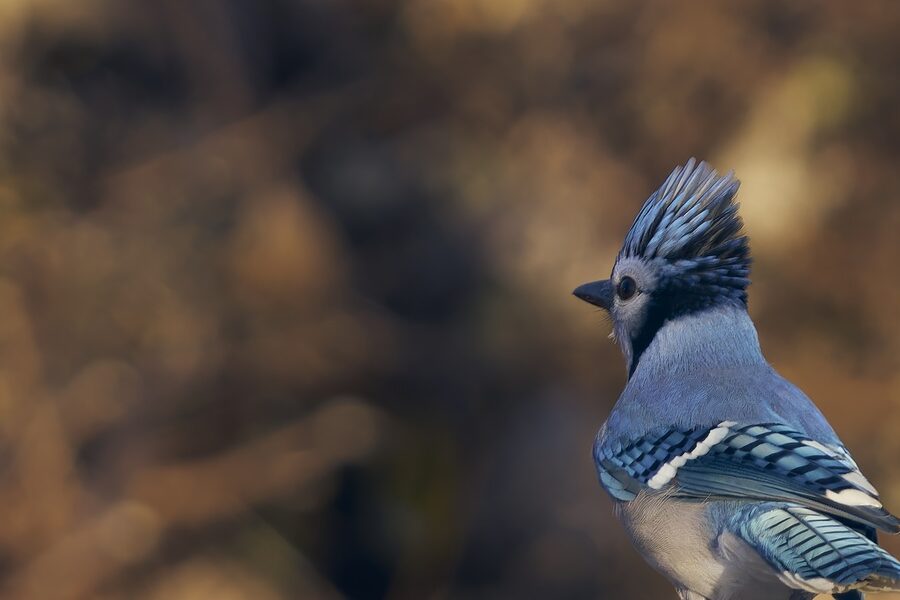This list counts 12 purple animals that can harm people or pets. It covers marine and land species — from venomous jellyfish and cone snails to spiny urchins and a blistering beetle. Define purple here as clearly violet, mauve, or deep purple coloring on the live animal, and define dangerous as animals that can inject venom, shed toxins, deliver painful punctures, or cause serious injury or allergic reactions. Most entries are marine; many use venom or sharp spines to defend or feed. Use authoritative sources such as NOAA, regional marine guides, and toxin research to verify species and risks. The columns in the table that follows give the scientific name (for exact ID), size in cm (for scale), and a short note on the type and severity of danger.
Below is a quick comparison table to help you scan these purple animals and their risks before reading the full list.
What should I do if a purple animal stings, bites, or punctures me?
Get to safety first. For marine stings, leave the water to avoid more contact. Do not rub the wound. Remove visible tentacles or spines with a stick or gloved hand, rinse with seawater (not fresh water) if saltwater creatures are involved, and seek medical help for severe pain, breathing trouble, swelling, fainting, or neurological symptoms. For puncture wounds from urchins or spines, control bleeding, soak the area in warm (not scalding) water to ease pain, and see a doctor for embedded spines or infection. For poisonous beetle secretions or suspected toxin exposure, wash the skin with soap and water and consult a healthcare provider. Always call local emergency services for signs of severe reaction or possible life‑threatening envenomation.
Dangerous Purple Animals
| Name | Scientific name | Size (cm) | Danger |
|---|---|---|---|
| Portuguese Man-of-war | Physalia physalis | 10-30 cm | Very dangerous; venomous sting |
| Mauve Stinger | Pelagia noctiluca | 10-20 cm | Painful sting; venomous |
| Purple-striped Jelly | Chrysaora colorata | 20-40 cm | Painful sting; venomous |
| Purple Hydrocoral | Stylaster californicus | 5-15 cm | Can sting; mild to moderate |
| Crown-of-thorns Starfish | Acanthaster planci | 25-50 cm | Spines venomous; painful prick |
| Purple Cone Snail | Conus purpurascens | 5-15 cm | Highly venomous; potentially fatal |
| Flamboyant Cuttlefish | Metasepia pfefferi | 8-12 cm | Toxic flesh; mildly venomous |
| Purple Sea Apple | Pseudocolochirus violaceus | 10-20 cm | Toxic when stressed; can shed toxins |
| Purple Sea Urchin | Strongylocentrotus purpuratus | 6-8 cm | Spines puncture; mild venom |
| Violet Sea Urchin | Sphaerechinus granularis | 4-6 cm | Spines can puncture; minor wound |
| Violet Oil Beetle | Meloe violaceus | 1.5-4.0 cm | Toxic oil; causes blisters |
| Purple Tang | Zebrasoma xanthurum | 15-25 cm | Not dangerous to humans; nips fish |
Images and Descriptions
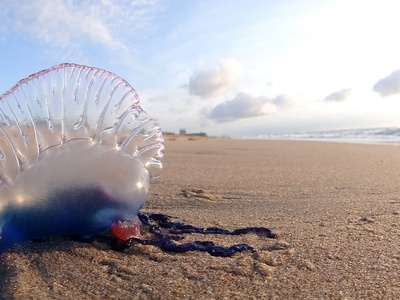
Portuguese Man-of-war
Floating colonial siphonophore with long venomous tentacles that can cause severe pain, welts, and rare systemic reactions. Common in warm Atlantic, Pacific, and Indian oceans; washes ashore after storms. Avoid touching and seek medical help for severe reactions.
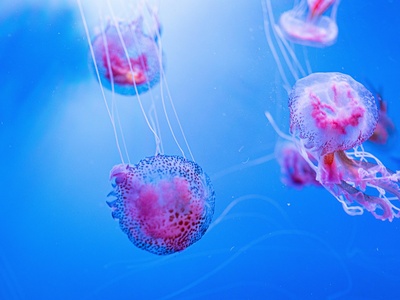
Mauve Stinger
Small mauve jellyfish with powerful nematocysts; stings can cause intense pain, skin irritation, and allergic responses. Found in temperate and warm seas, often in large blooms. Swim cautiously, avoid touching tentacles; vinegar can help, seek medical care for severe symptoms.
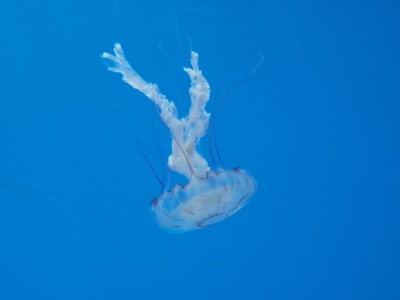
Purple-striped Jelly
Pacific coast jelly with purple stripes and long tentacles; sting causes sharp pain, localized swelling, and blistering. Common off California and Mexico. Not usually life-threatening but painful; rinse with seawater, remove tentacles with care, and seek medical attention for severe reactions.
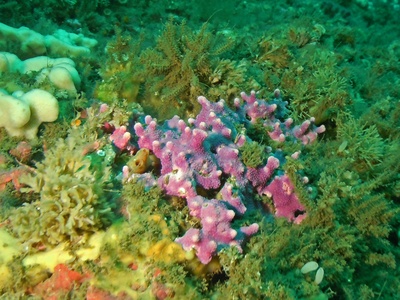
Purple Hydrocoral
Hard pinkish-purple hydrocoral that looks like coral but is a colonial cnidarian; contact can cause irritation and mild stings. Found in Northeast Pacific rocky reefs. Fragile and ecologically important; avoid touching and respect protected habitats.
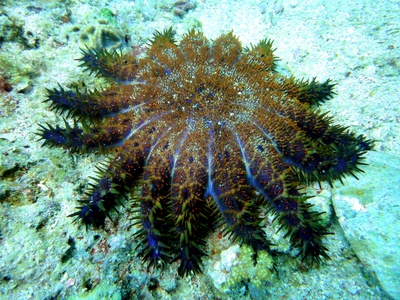
Crown-of-thorns Starfish
Large multi-armed starfish with venomous spines that can cause painful punctures, swelling, and infection. Predatory on coral reefs across the Indo-Pacific; outbreaks damage reefs. Avoid stepping on them; seek medical care for deep punctures or persistent pain.
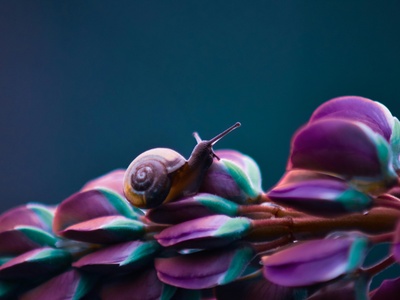
Purple Cone Snail
Predatory marine snail with vivid purple shell; injects potent neurotoxic venom via a harpoon-like radula. Found in tropical Pacific shallow reefs and sand. Stings can be fatal; do not handle live cone snails and get emergency care if stung.
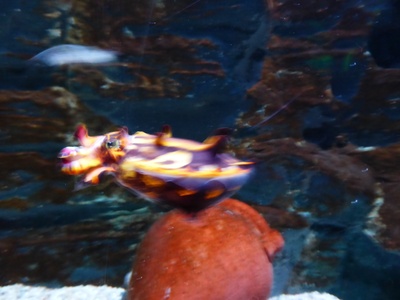
Flamboyant Cuttlefish
Small, striking cuttlefish with purple and yellow displays; its flesh is toxic to eat and it can deliver mild venom. Lives in Indo-Pacific sandy reefs. Admired for color-changing displays; observe but don’t touch or eat.
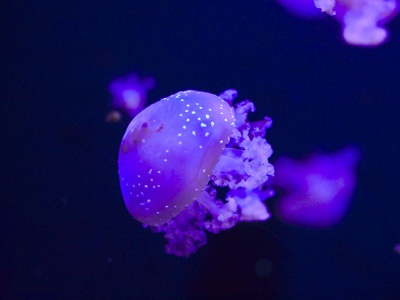
Purple Sea Apple
Bright purple sea cucumber that can expel toxic cuvierian tubules when stressed, harming nearby fish and irritating people. Found on Indo-Pacific reefs. Beautiful but fragile; avoid handling and keep aquarium specimens isolated.
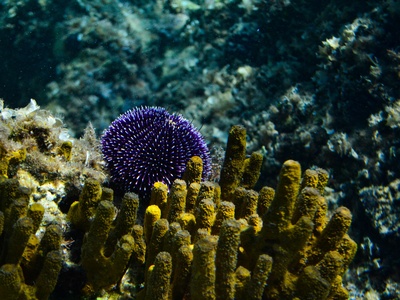
Purple Sea Urchin
Common purple urchin with sharp spines that can puncture skin and cause pain, infection, or allergic reactions. Lives in intertidal and subtidal kelp forests of the North Pacific. Wear shoes on rocky shores and remove spines carefully.
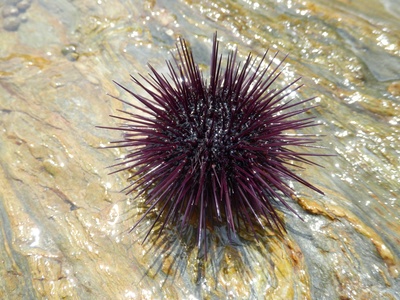
Violet Sea Urchin
Small violet sea urchin in Mediterranean and eastern Atlantic rocky reefs; spines can cause painful punctures and infection. Typically not life-threatening but watch where you step or place hands while snorkeling or diving.
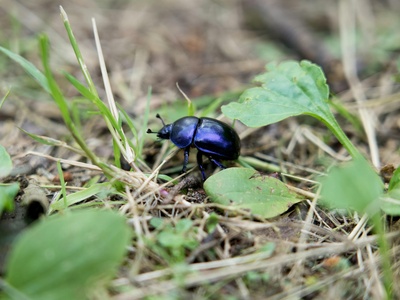
Violet Oil Beetle
Shiny violet beetle that secretes toxic oil (cantharidin) causing painful blisters and skin irritation if crushed on skin. Found in grasslands across Europe. Handle with care or avoid; wash skin and seek medical advice for severe reactions.
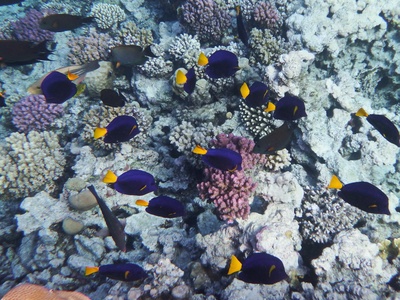
Purple Tang
Bright purple reef surgeonfish popular in aquariums; not harmful to people but has a sharp dorsal spine and can nip or defend territory. Native to Arabian Sea and Red Sea reefs. Handle aquarium maintenance carefully to avoid cuts.
